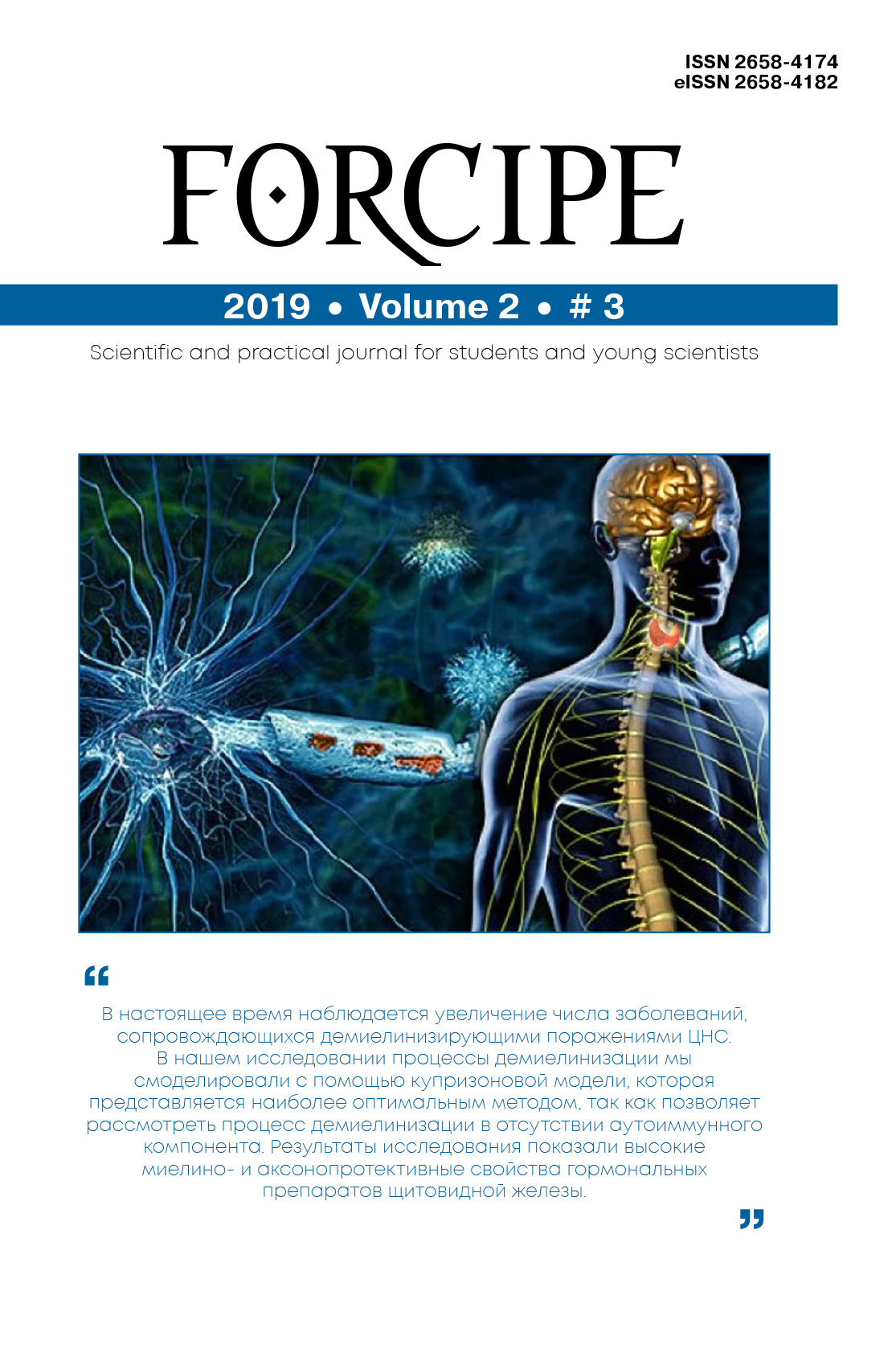The urinary microbiota and severity of infection in children with surgical pathology
Abstract
Introduction. Inflammatory processes of the urinary tract take the second place in the structure of the general infectious morbidity. Objective: to evaluate the microbial spectrum of urine in children with surgical pathology, to identify the sensitivity, frequency of microbial associations, the effect of flora on the duration of stay and the intensity of inflammation. Materials and methods. Urine crops of 64 children who received treatment at the urology department of SPbSPMU from 2015 to 2019 were analyzed. The frequency of microbial associations, the sensitivity of the microflora, the length of stay of patients in the clinic and the intensity of leukocyturia were determined. Results. The growth of microflora was obtained in 49 of 64 children; in 15 (23.4 %) cases, the seeding was sterile. Identified Ps. aeruginosa - 30.6 %, E. coli - 22.4 %, Kl. pneumoniae and Kl. oxitoca - 20.4 %, Ent. faecalis and Ent. cloacae - 16.3 %, Pr. mirabilis and Pr. vulgaris - 12.2 %, Candida albicans, Candida sp. and Candida crusei - 18.3 %. Absolute sensitivity was obtained for Vancomycin, Linezolid and Nystatin, from 91.3 % to 96.4 % to Meronem, Piperacylline, Tobramycin, from 73.2 % to 88.9 % to Ketoconazole, Ceftazidime, Intraconazole. Microbial associations were detected in 30.6 % of the crops: Ps. aeruginosa with Candida alb. - 20 %, with Kl. pneumoniae, Ent. faecium, Ent. faecalis - by 13 %. There was a link between the length of stay in the hospital and the bacterial contamination of urine. With microbial association, bed day was 50.7 ± 25.4; with the growth of monoculture - 26.9 ± 12.2. The highest leukocyturia was with Pseudomonas aeruginosa - 2145 ± 4374, Klebsiella pneumoniae - 1166 ± 1154, and E. coli - 365 ± 545, with an average of 404.16 ± 664.58. In cases of bacterial association, 7,744.12 ± 9055.28 cells per μL (p = 0.009). Conclusion. The most aggressive pathogens in the study were Pseudomonas aeruginosa, E. coli and Klebsiela pneumoniae. The greatest sensitivity is received to reserve antibiotics. Bacterial associations in 59 % were formed with Ps. aeruginosa. Seeding affected bed day and leukocyturia intensity.



